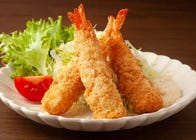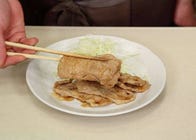
Katsudon is a popular Japanese food made with deep-fried breaded pork cutlet, egg, and seasonings over rice.
The main ingredients, pork loin and eggs, are readily available at most overseas supermarkets, making it easy to cook, no matter where you are!
The recipe is designed by cooking instructor, Toshihiro Minami. He has even included a cooking video, so please feel free to follow along as you cook this easy dish for yourself.
Katsudon: Japanese Soul Food with a History of Over 100 Years!
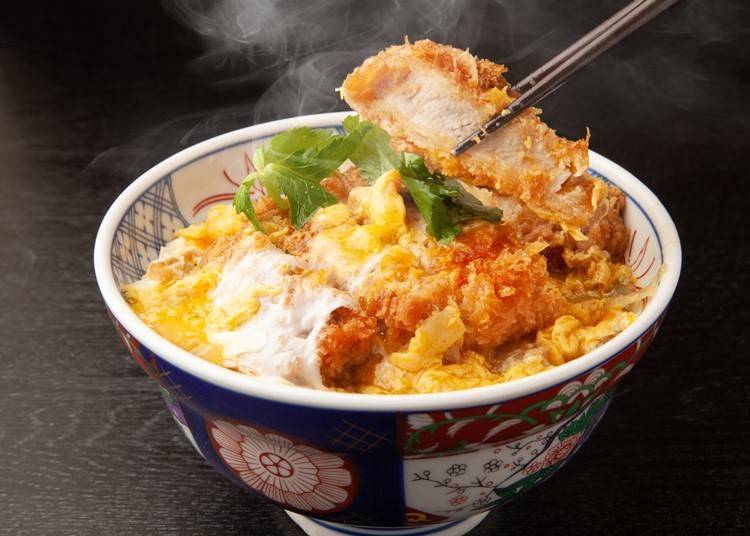
Katsudon is a popular bowl dish, especially amongst foreign tourists. It consists of rice topped with boiled pork cutlet and onions, seasoned with soy sauce, sugar, and mirin, and bound with beaten egg.
There are various theories about its origin. One says that it originated in a Waseda, Tokyo soba shop called Sancho-an after a student suggested cooking the pieces of pork that were leftover from a customer's order with egg and serving it with rice, similar to oyakodon. The dish gradually gained popularity and reputation. Today, katsudon can be considered a Japanese soul food and is enjoyed at many specialty shops, as well as in the home.
Several regional variations can be considered local specialties as well, including pork boiled in tonkatsu sauce and pork with curry-infused batter. Today we will learn how to make Japan's classic katsudon dish.
How to make Katsudon: Soften Pork by Tenderizing with a Mallet!
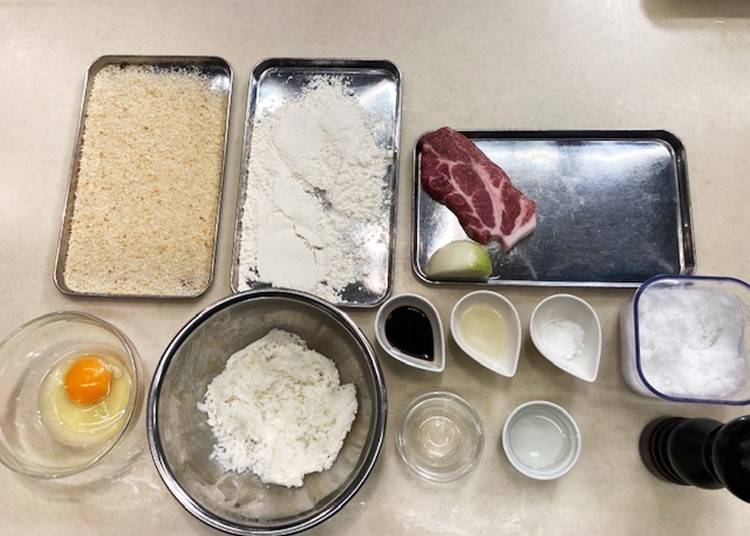
Katsudon Ingredients (Serves 1)
・Pre-cooked rice (180g)
・Pork loin (thick slice, 100g)
・1/4 onion
・2 eggs
・Trefoil (optional; as needed)
・Water (50ml)
・Cake flour (as needed)
・Eggs (as needed)
・Bread crumbs (as needed)
・Vegetable oil (as needed)
・Pinch of salt and pepper
・1 tbsp sake (may substitute with white wine)
・1 tbsp mirin
・1 tbsp soy sauce
・1 tsp sugar
・Katsuo dashi (50ml)
*For how to use the dashi, please refer to the video, 'How to Make Dashimaki Tamago'. If mirin is not available, see video 'How to Make Oyakodon'.
How to Make Katsudon

1) Cut onions into thin slices.

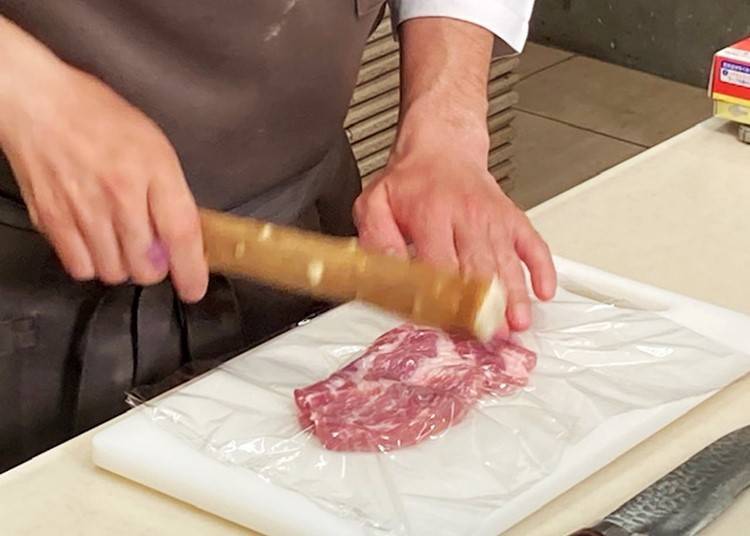
2) Cut pork loin, cover with plastic wrap, and pound with a stick. Tenderizing the meat in this way breaks down the fibers, allowing it to cook more evenly for a softer finish.
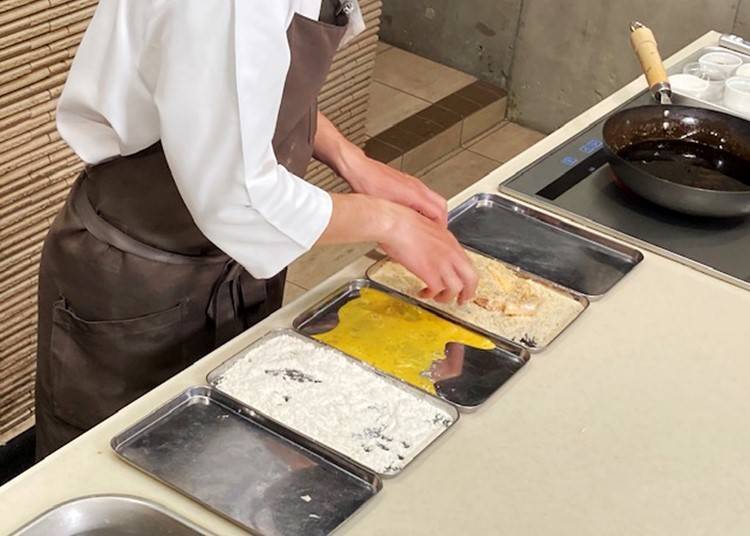
3) Sprinkle salt and pepper on both sides of the tenderized pork, and batter with flour, beaten egg, and bread crumbs (in that order).
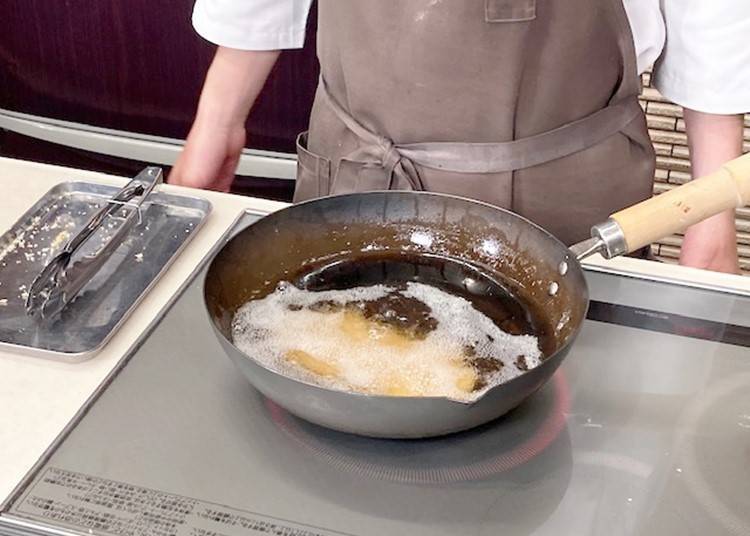
4) Pour vegetable oil into the pan, heat at 170℃, and add battered pork loin. Fry for about 5 minutes until fully cooked and the surface has browned.

5) After frying, drain thoroughly and cut into pieces about 2 cm wide.
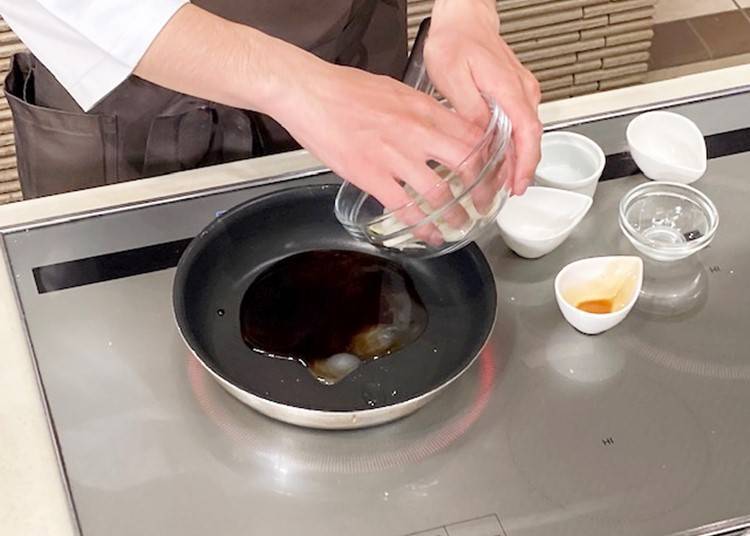
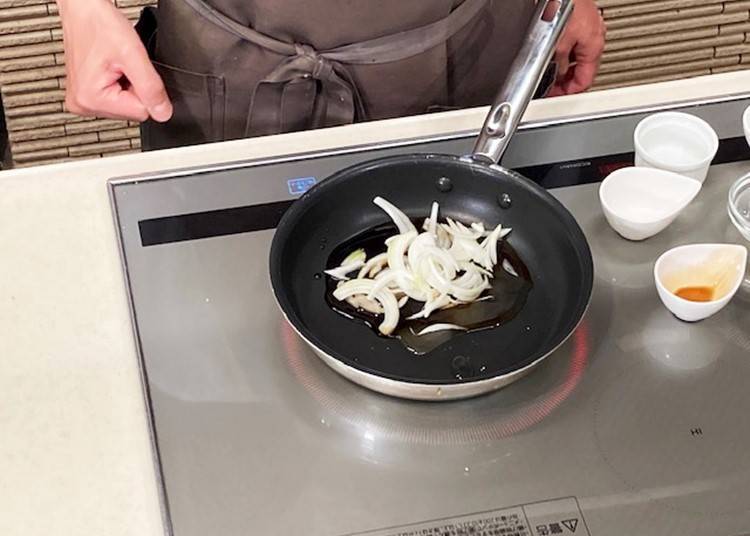
6) Add water, sake, mirin, soy sauce, sugar, dashi, and sliced onions into the frying pan, and cook over medium heat.


7) When onions are tender, add the pork slices and lightly beaten egg, and steam for about 30 seconds on medium heat. As it steams, prepare your bowl of rice.


Place the steamed pork and egg over the rice, and you're done! In Japan, it is common to add a mitsuba leaf (Japanese parsley) as a finishing touch.
Be careful not to over-fry the pork! This will result in the meat hardening when boiled. For a more delicious meal, only fry the meat until it is just short of being fully cooked.
Chef Profile:

Toshihiro Minami, manager of cooking studio Osaka Delicious. After entering the work force, he returned to school and changed careers to become a cooking instructor. He serves as a lecturer at cooking studio Osaka Delicious, while concurrently working on recipe development, as a cooking assistant, and on making TV appearances. In addition to general Japanese dishes, he can prepare a wide variety of foods, including Western and Chinese cuisine.
Osaka Delicious Official Homepage
Text by: Efeel Co., Ltd.
*Information in article as of February 2022.
Translated by: Krys Suzuki
▼More Easy Japanese Recipes You Can Make At Home!▼
*Prices and options mentioned are subject to change.
*Unless stated otherwise, all prices include tax.
Popular Tours & Activitiess
Recommended places for you
-

Todai-ji Temple
Temples
Nara, Ikoma, Tenri
-

ISHIDAYA Hanare
Yakiniku
Kobe, Sannomiya, Kitano
-
Goods

Yoshida Gennojo-Roho Kyoto Buddhist Altars
Gift Shops
Nijo Castle, Kyoto Imperial Palace
-

Jukuseiniku-to Namamottsuarera Nikubaru Italian Nikutaria Sannomiya
Izakaya
Kobe, Sannomiya, Kitano
-

Kanzenkoshitsuyakinikutabehodai Gyugyu Paradise Sannomiya
Yakiniku
Kobe, Sannomiya, Kitano
-

Kambei Sannomiyahonten
Yakiniku
Kobe, Sannomiya, Kitano
-
Ad

Discover Timeless Beauty: Kimono-en, a Web Magazine Exploring the Spirit of Kimono
-
Ad

Recharge and Relax with a Healing Getaway at Kamenoi Hotel Toba
-

Best Things to Do and See Around Kyoto & Osaka in September: Events and Festivals in Kansai
-

Everything You Need to Know About teamLab Biovortex Kyoto (2025 Insider Guide)
by: Wemmy Chau
-

Celebrate a Dreamy Barbapapa Christmas at JR Osaka Station's Twilight
by: Guest Contributor
-
Ad

Café Bahnhof in Osaka: The home-roasted coffee that captivated G20 leaders!
Inspiration for Accommodations
-

Spacious Family Hotel in Namba: 20 Comfortable Stays for Family Fun
-

Charming Hotels to Enjoy the Spectacular Views of Arashiyama's Autumn Leaves from Your Room
-

Experience Stunning Views of Osaka Castle from Private Spaces: Top Hotels Near Osaka Castle
-

Recommended by Visitors! Arashiyama's Best-Rated Hotels
-

Family-Friendly Universal Studios Japan Hotel with Excellent Access
-

Enjoy a Comfortable Stay in Osaka! 10 Hotels with Convenient Airport Shuttle Services
-

Top 10 Recommended Hotels Near Namba Station with Great Access
-

Enjoy Night Views from Your Room! Recommended Hotels in Namba Area
-

Fine Japanese Dining in Kyoto! Top 3 Japanese Restaurants in Kiyamachi and Pontocho Geisha Districts
-

(Video) Walking Tour along Narita Omotesando - Quaint Historical Village near Narita Airport!
by: Victor Gonzalez
-

Japanese Restaurants and Foreigner-Friendly Services: What Is Needed and Further Thoughts
-

'Hormone Dishes?!' 5 Weird Ways Americans Were Shocked by Osaka Cuisine!
-

Dining in Nara: 9 Local Foods & Restaurants You Can't Miss
by: WESTPLAN
-

‘Chewy Hormone?!’ 10 Times Tourists Were Shocked by Japanese Food
- #best gourmet Osaka
- #things to do Osaka
- #what to do in kyoto
- #what to bring to japan
- #best gourmet Kyoto
- #new years in Osaka
- #what to buy in nanba
- #Visiting Osaka
- #onsen tattoo friendly arima
- #daiso
- #Visiting Kyoto
- #best japanese soft drinks
- #japanese fashion culture
- #japanese convenience store snacks
- #japanese nail trends

















